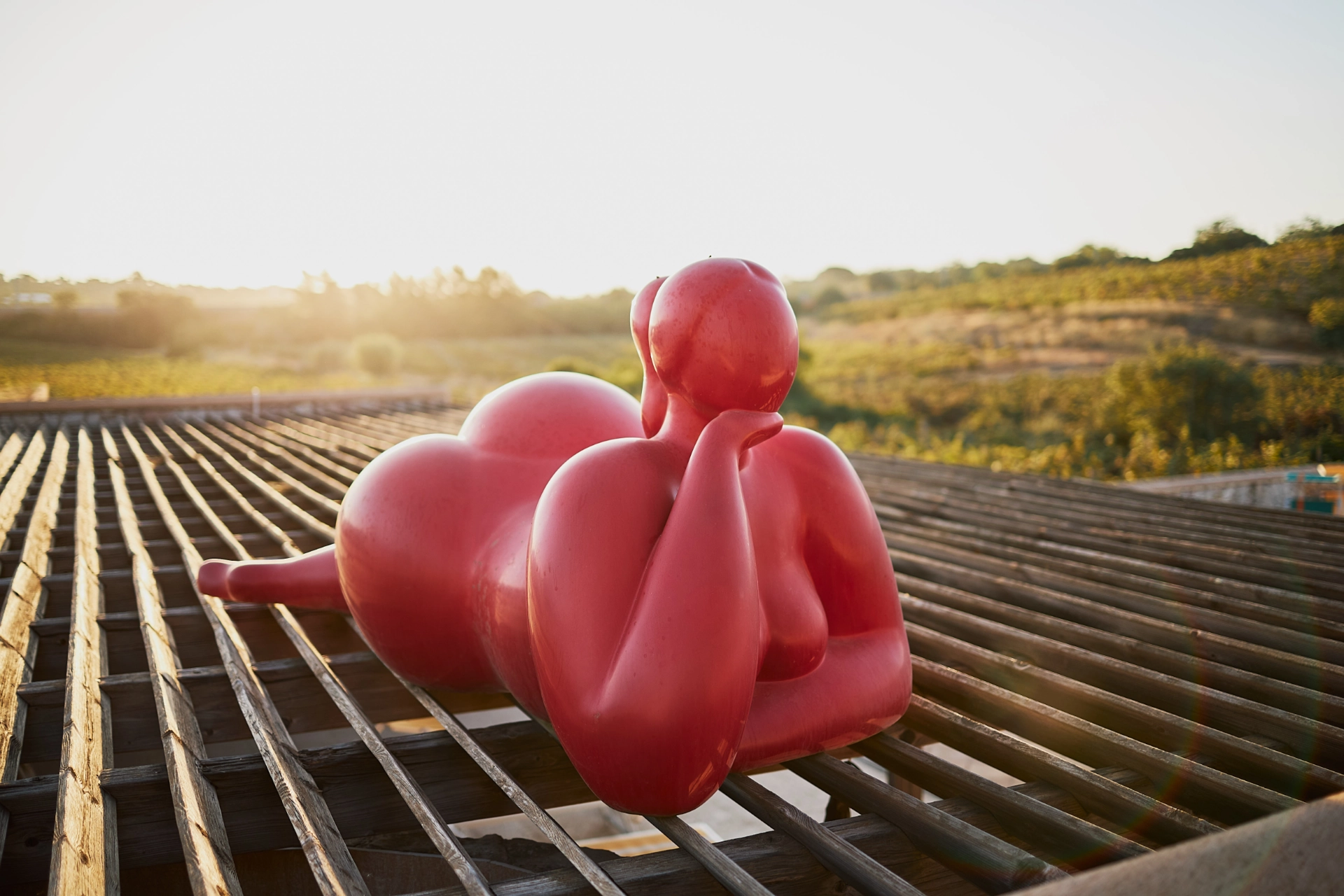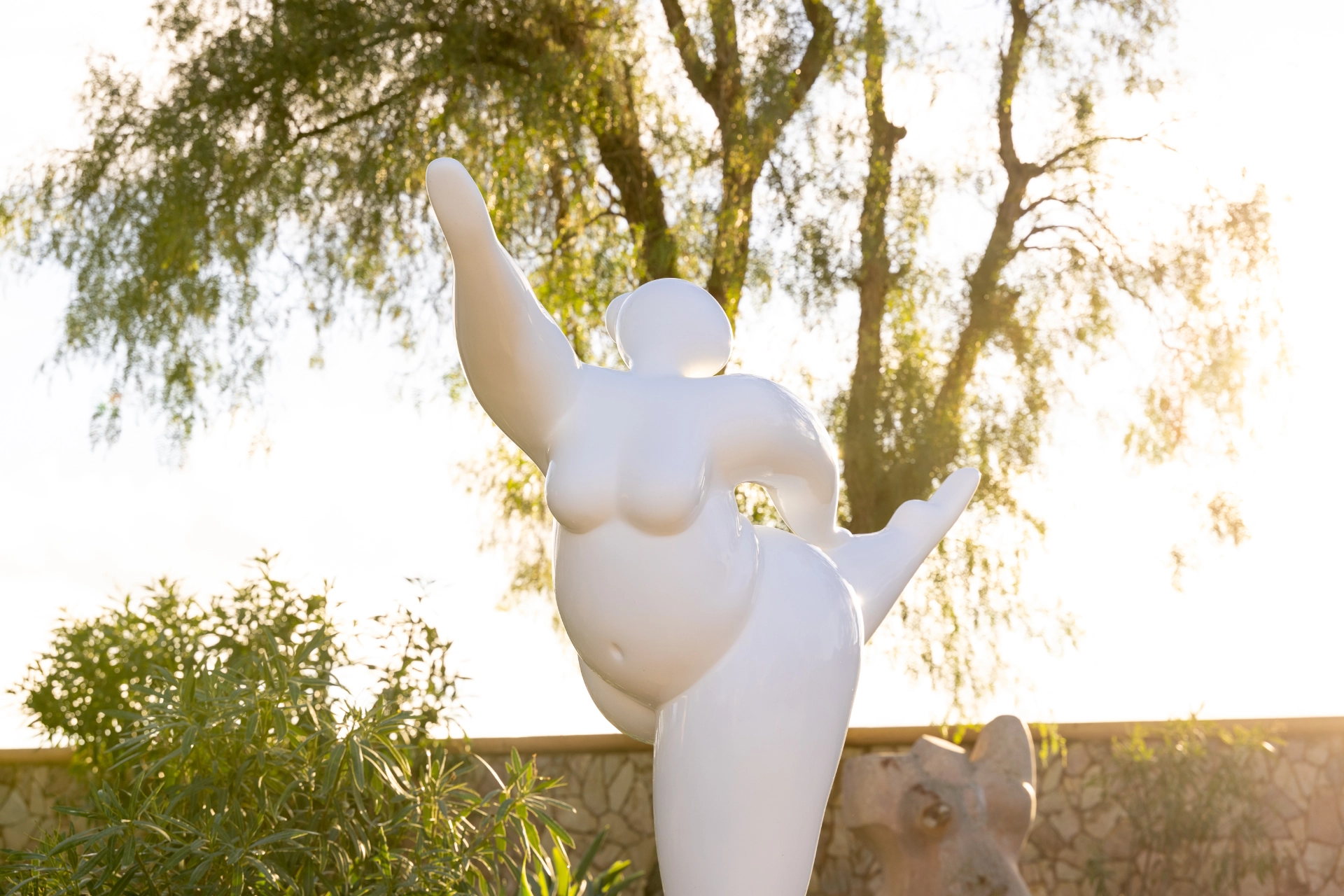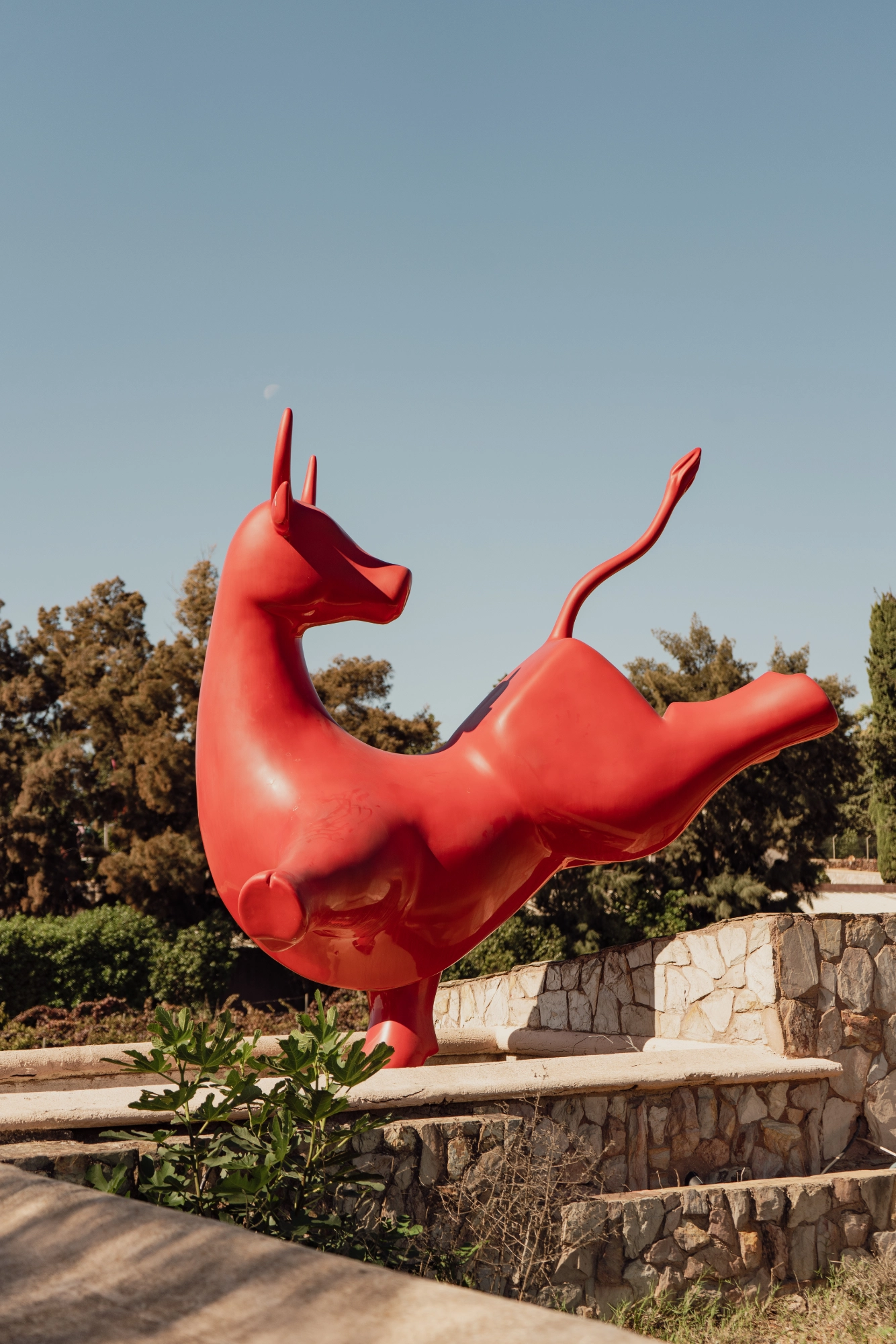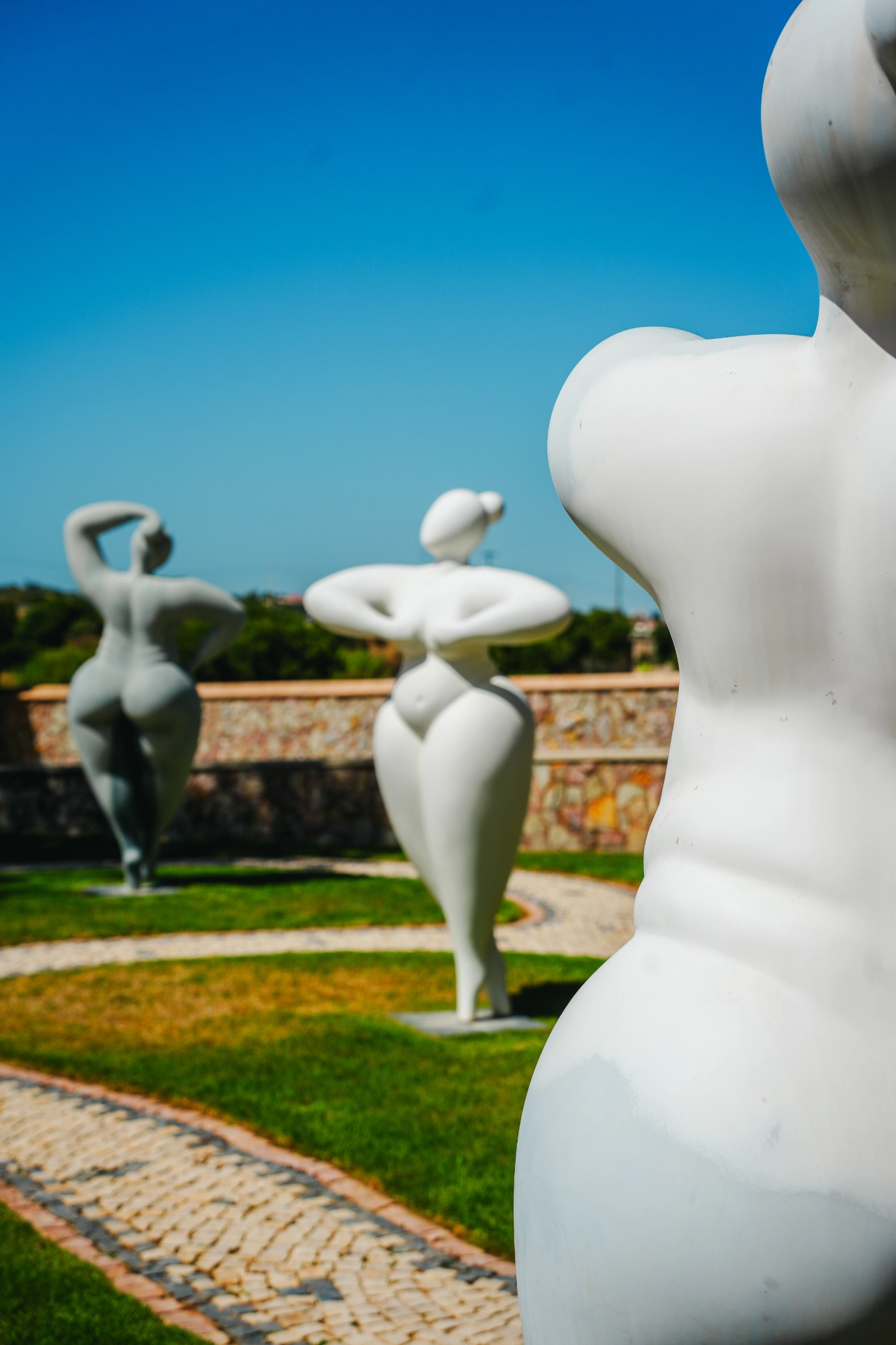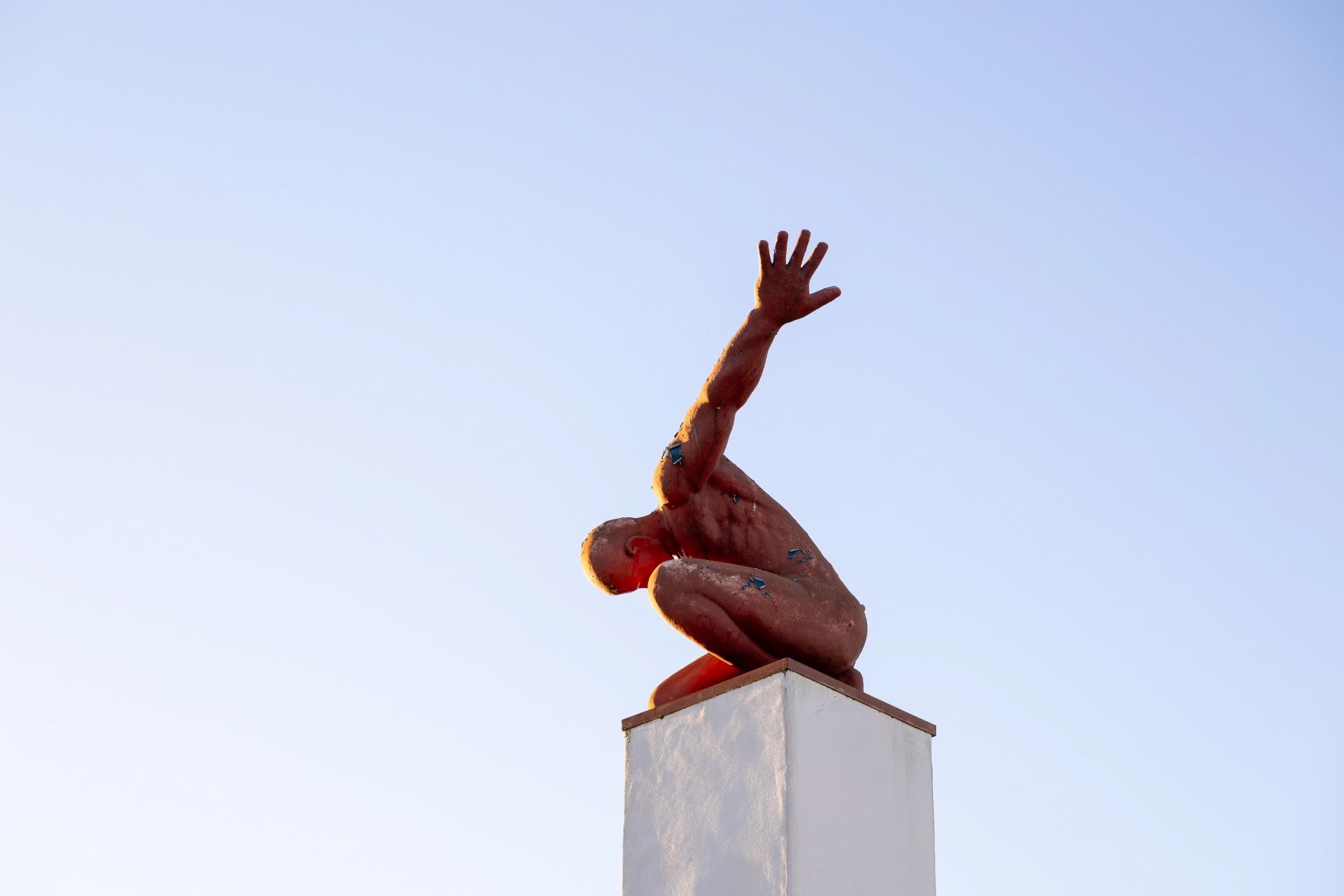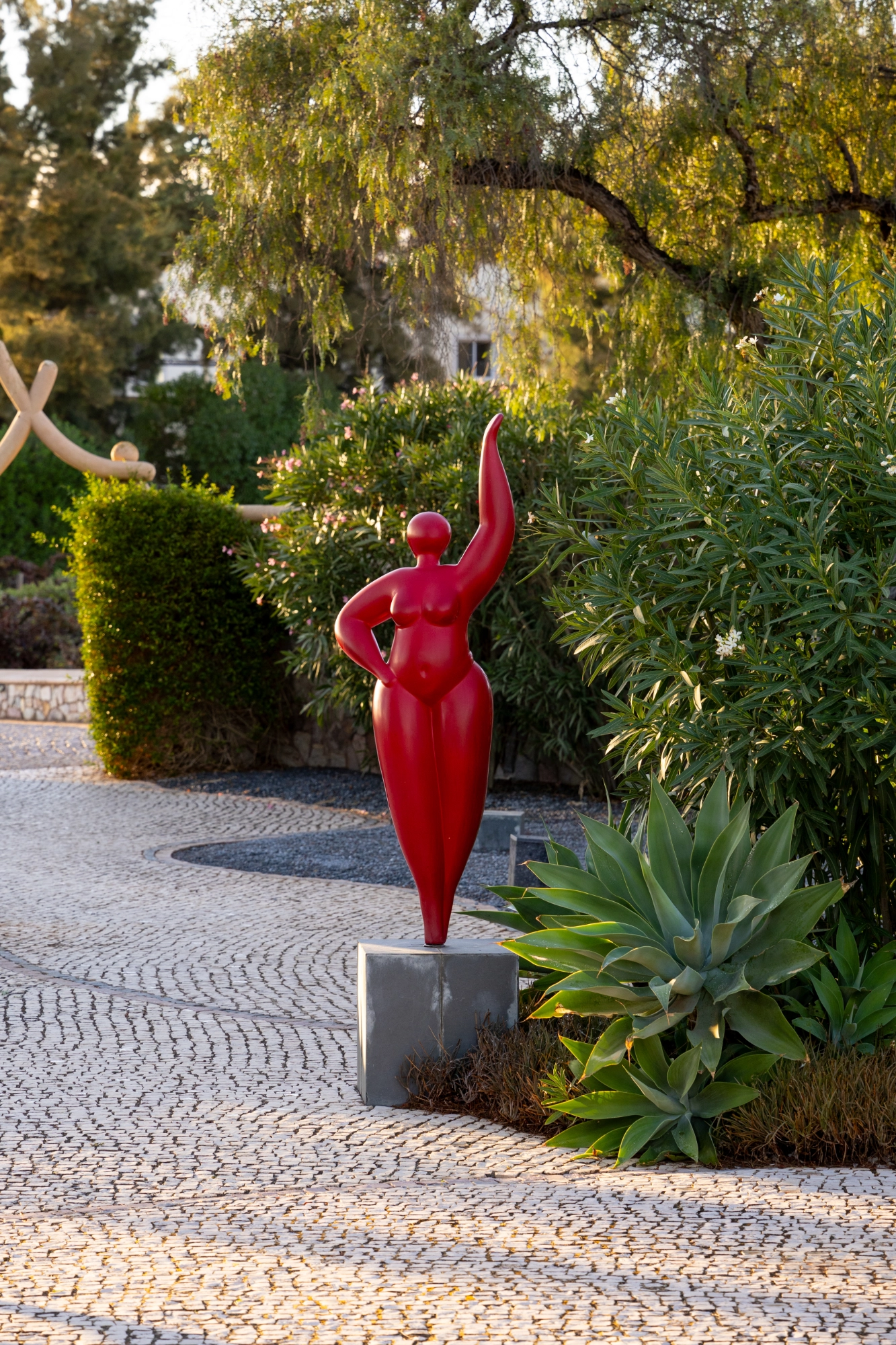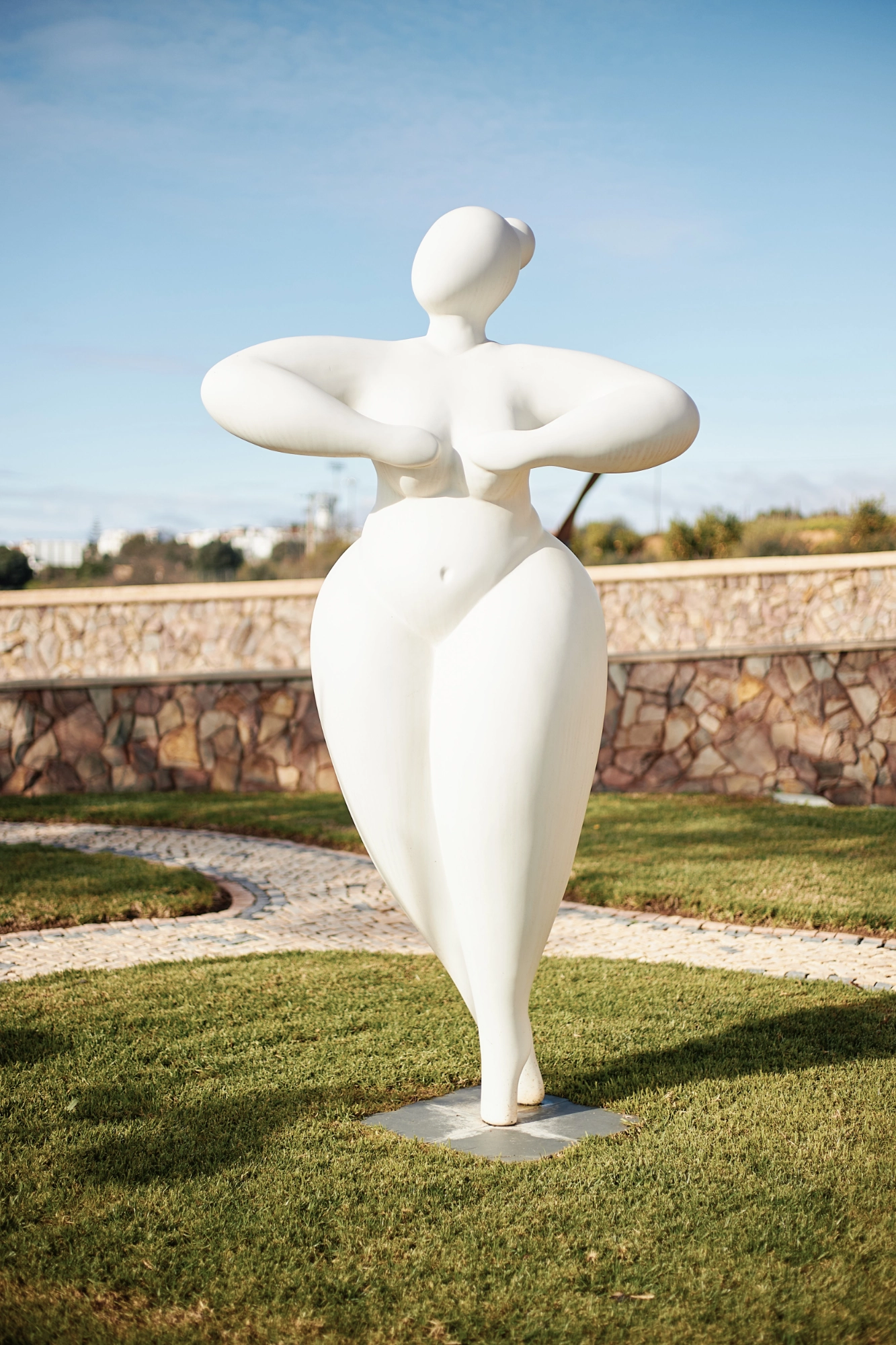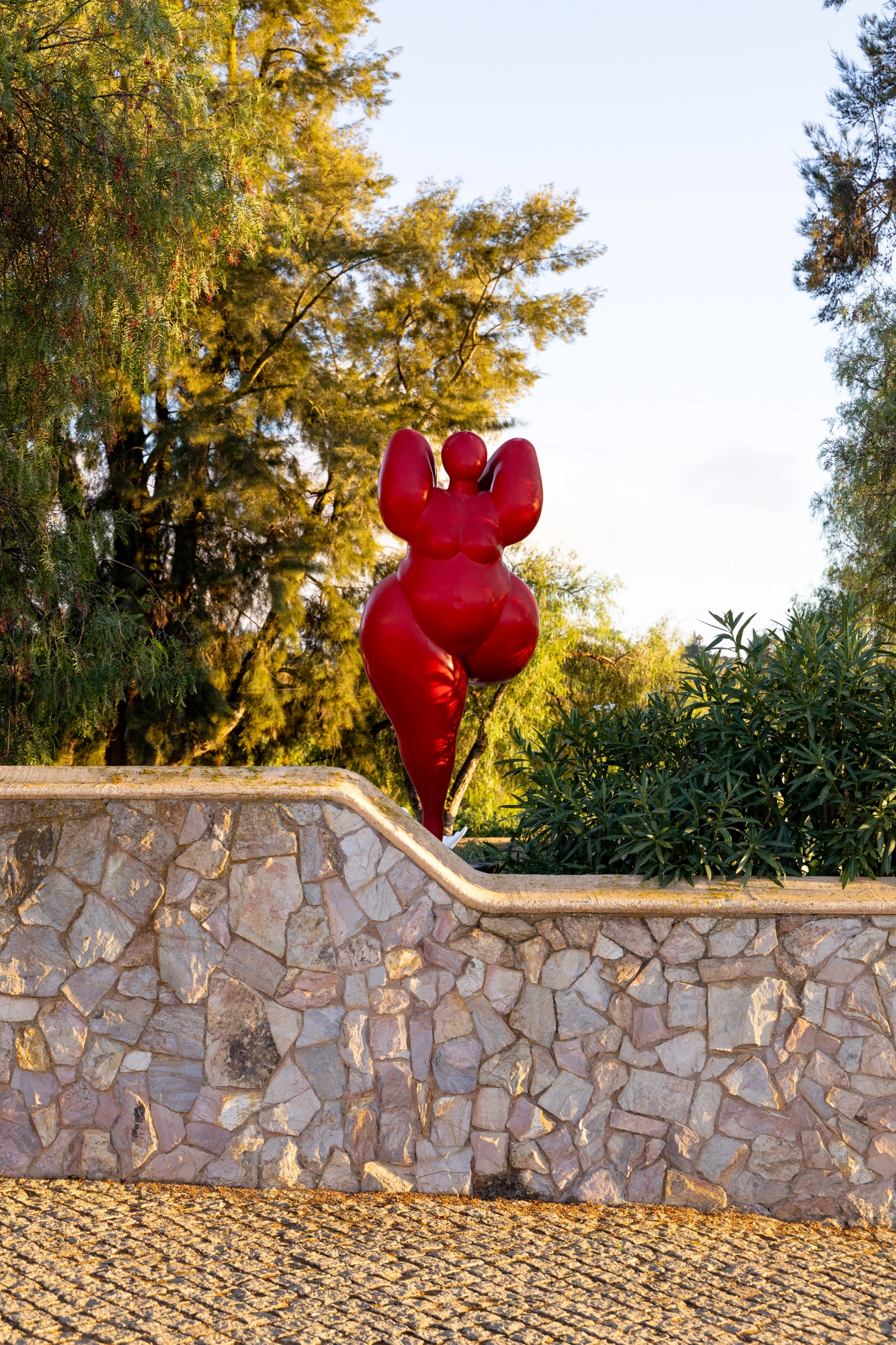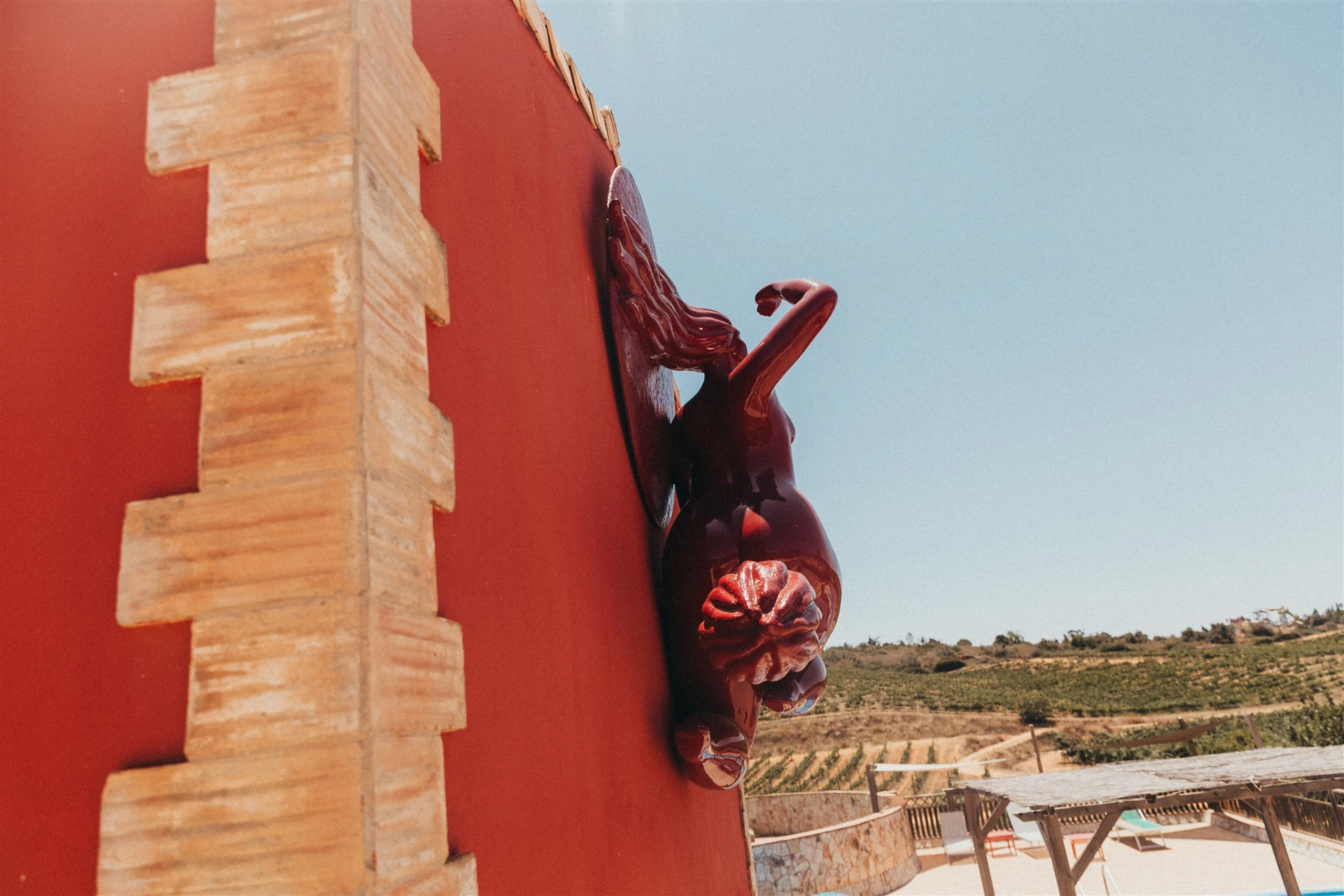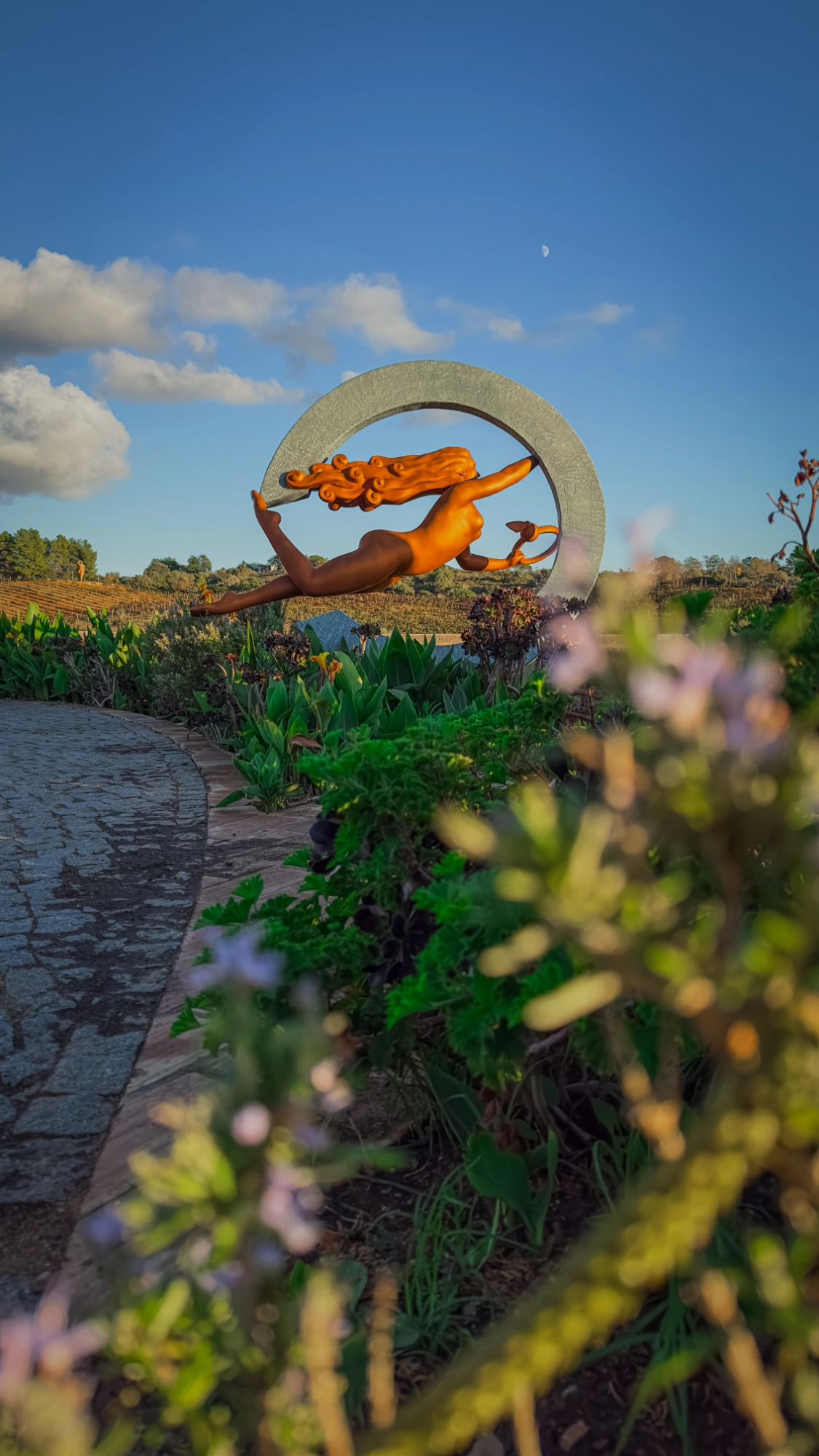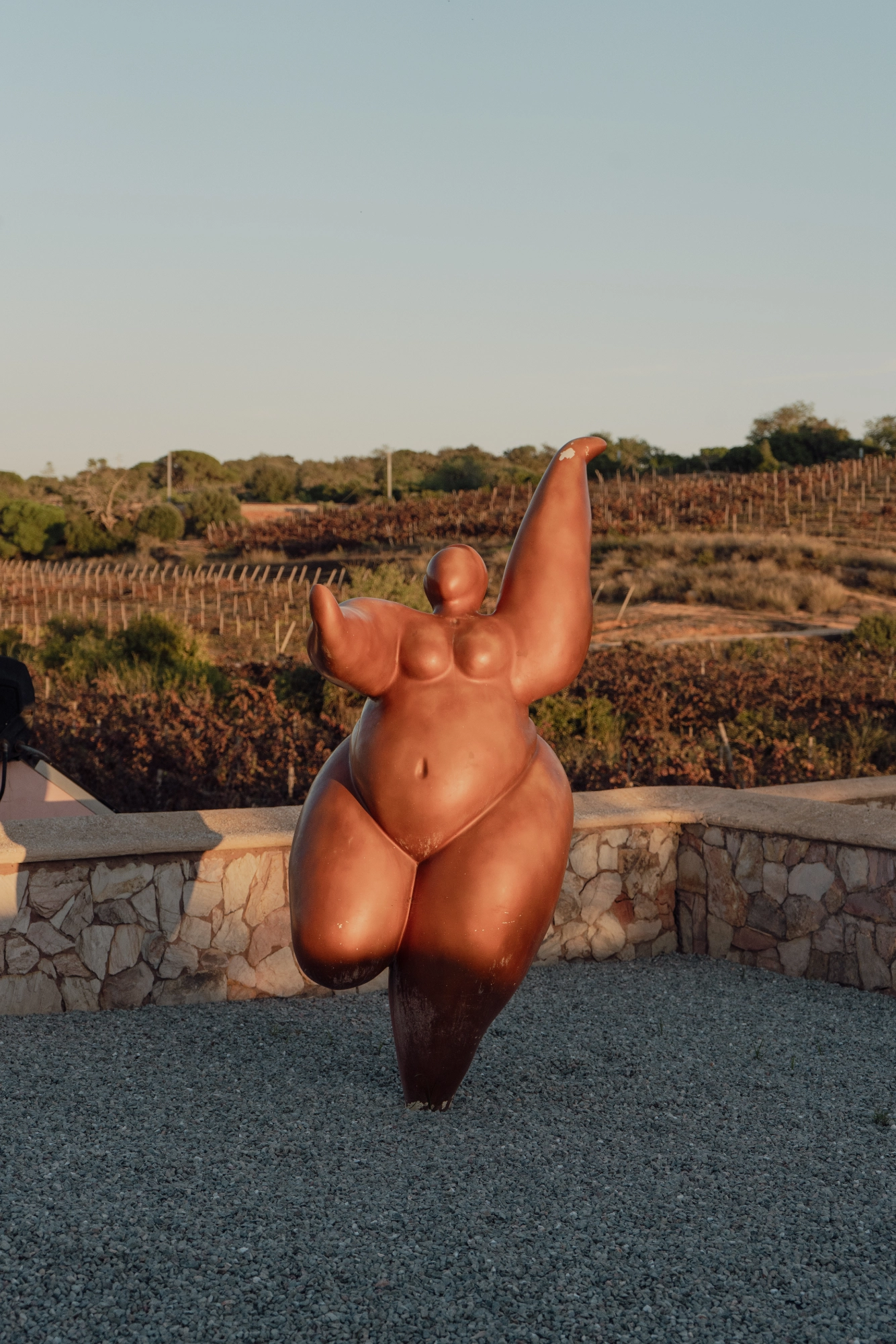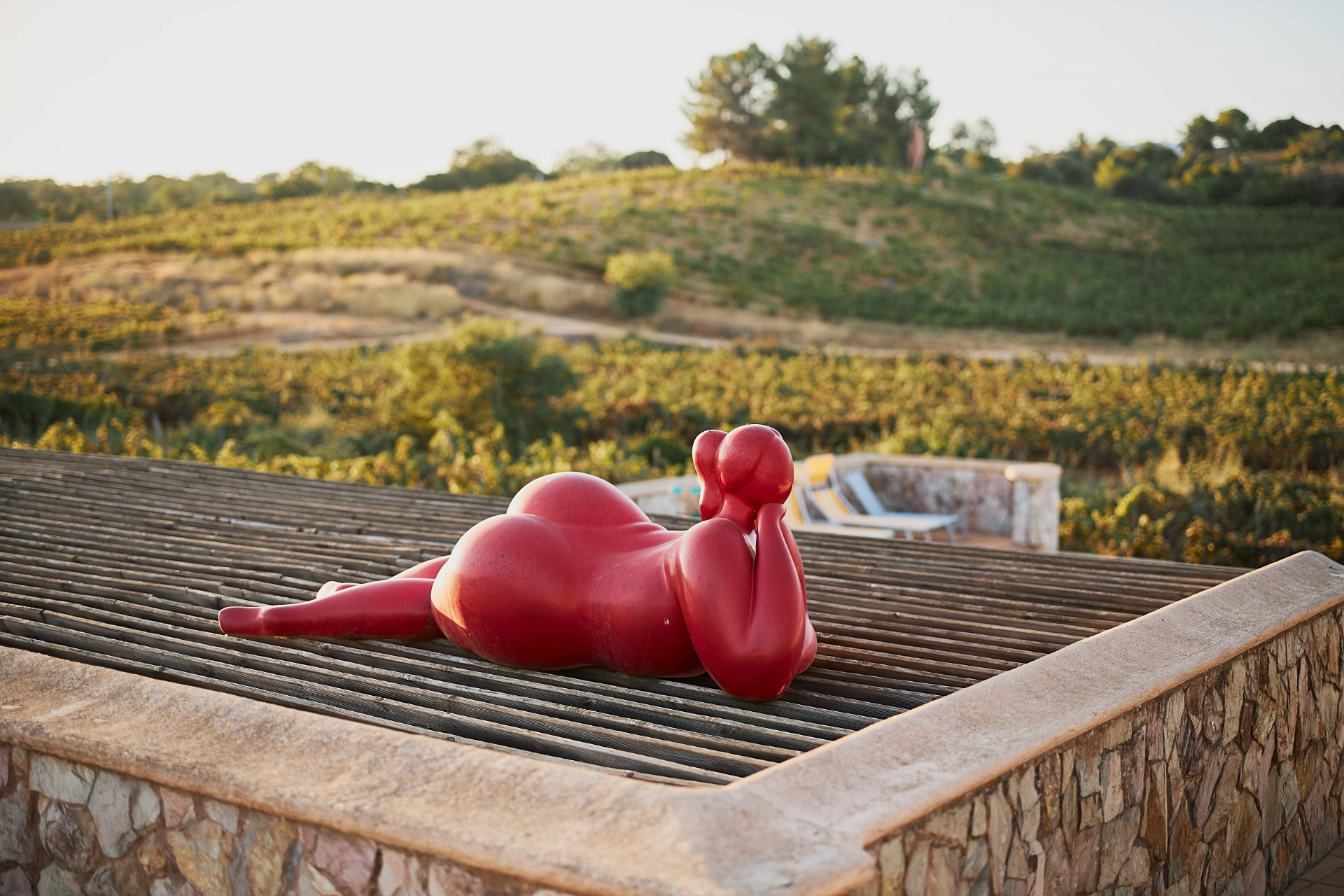Both wine and art demand patience and contemplation, offering a multisensory journey that celebrates the harmony of aesthetic and oenological craftsmanship. The estate features an open-air gallery boasting over a hundred sculptures. These artworks are thoughtfully placed amidst the vineyards, inviting visitors to explore the synergy between art and nature.
(The store and the platform for showcasing the work and art collection will be available soon)
